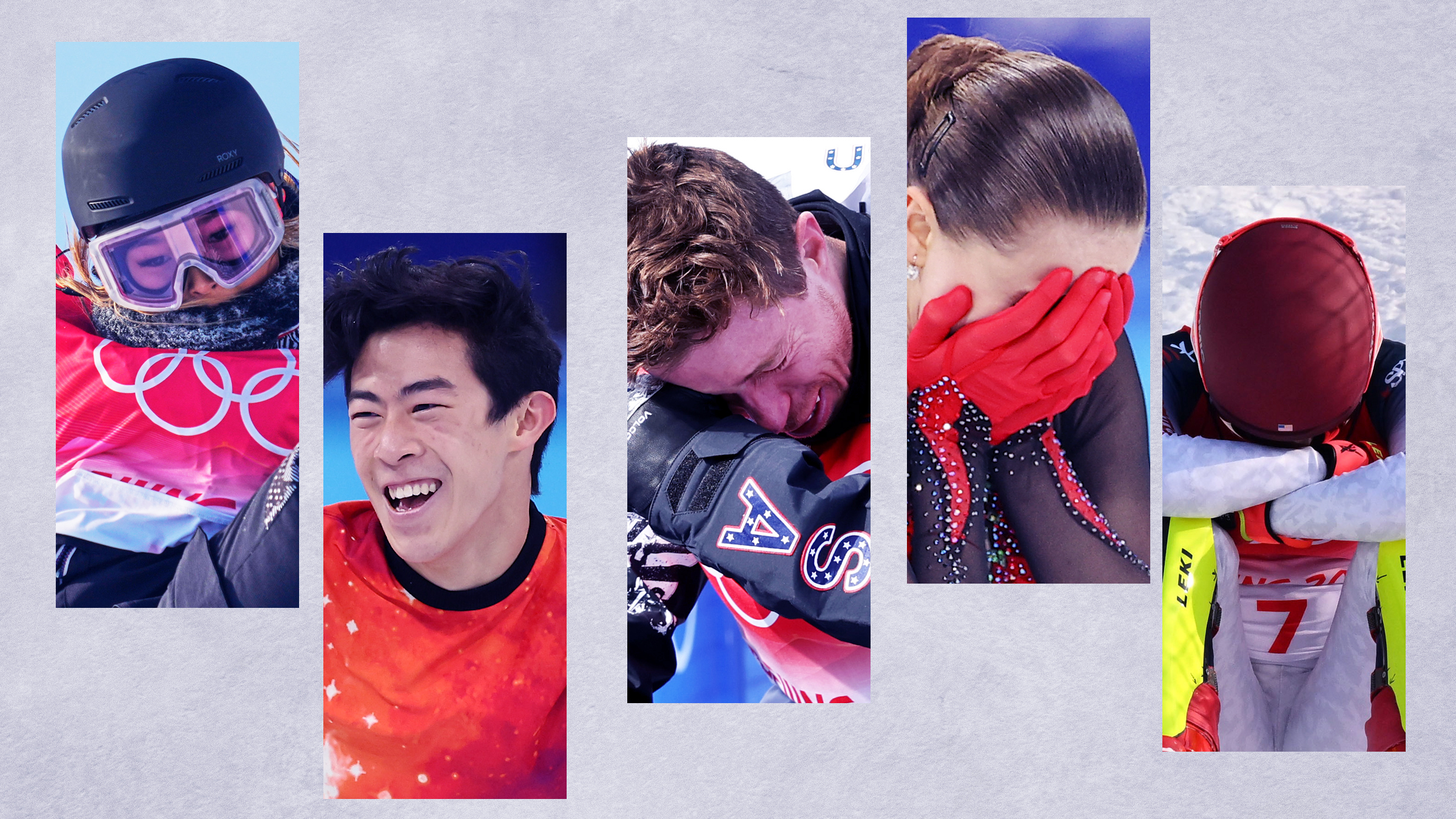With 15 sports and 109 events highlighted at the 2022 Winter Olympics in Beijing, figure skating has taken center stage once again.
With what seems to be a simple sport on the ice, figure skating is one of the most intricate sports at the Games.
The skaters are limited to roughly seven combined minutes of skating between the short and long programs and are only allowed six jumps. And in that short period, they are to produce a choreographed routine where they look to earn the most amount of points.
This year's Games is no different. Some of the world's strongest athletes have already taken the stage to execute a combination of creativity and breathtaking skill.
Here's all you need to know about the complex jumps and how they’re scored:
What are the six jumps in figure skating?
There are six allowed figure skating jumps, divided into two categories: toe jumps — the toe loop, the flip, and the Lutz — and edge jumps — the Salchow, loop, and the Axel.
Beijing 2022 Winter Olympics
Watch all the action from the Beijing Olympics live on NBC
These can be attempted as a half, single, double, triple or quadruple rotation.
What are quad and quint jumps in figure skating?
"Quad" is short for "quadruple jump," a jump with four rotations. It is the most difficult jump in figure skating and has been performed predominately by male skaters. Expect to see several quads in the men's program at the Beijing Games, especially from the "Quad King" himself, Team USA's Nathan Chen.
Kamila Valieva, a 15-year-old of the Russian Olympic Committee, became the first woman to land a quad at the Winter Olympics in Beijing. And she not only landed one, but got two perfect quads in the women's free skate of the team final event on Sunday.
As if four rotations aren't demanding enough, some skaters are pushing for even more. Olympic gold medalist and NBC Olympics figure skating analyst Tara Lipinski told "TODAY" co-anchor Hoda Kotb that some skaters have been trying "quints" — five rotations — in practice.
What's the difference between the figure skating jumps and which one is the hardest?
In order of difficulty, from the easiest to the hardest jumps, are: toe loop, Salchow, loop, flip, Lutz, Axel.
In three of those jumps -- toe loop, flip and Lutz -- the skater’s toe pick initiates the lift off the ice.
The other three -- Salchow, loop and Axel -- are known as “edge” jumps, in which the skater lifts off the ice on the edge of their skate blade.
The toe loop, the loop, the Salchow, the flip, the Lutz and the Axel are elements that are worth the most points.
How does figure skating scoring work?
Each judge gives two scores: the Total Elements Score (TES) and Program Component Score (PCS). These two numbers are combined to give the Total Segment Score (TSS), which is used to dictate who has the highest score.
Once the TES and the PCS are recorded, the two are added together to give you the TSS. Any penalty points will be deducted from the TSS.
Until 2004, figure skating used the 6.0 system, where a 6.0 was the highest mark and a perfect score. Now, the International Judging System, or IJS for short, is what is used to score all the skating events. The IJS is supposed to make the scores fairer but also uses more math.
Can a skater receive a perfect score?
There is no such thing as a perfect score. Depending on the difficulty of an element performed and jumps combos that are executed, one's points will increase.
What is the highest score a skater has ever received?
The highest score awarded to a female figure skater in the short program was 85.45 points to Russian Alena Kostornaia in 2019 and the highest score awarded to a male figure skater in the short program was 111.82 by Japan's Yuzuru Hanyu in 2020.
At the 2022 Winter Olympics on Thursday, Nathan Chen recorded the second-highest short program score ever while skating in the team men’s short program event (111.71).
Chen also holds the record for the most points (224.92) in free skating and the most points for a combined score (335.30).




